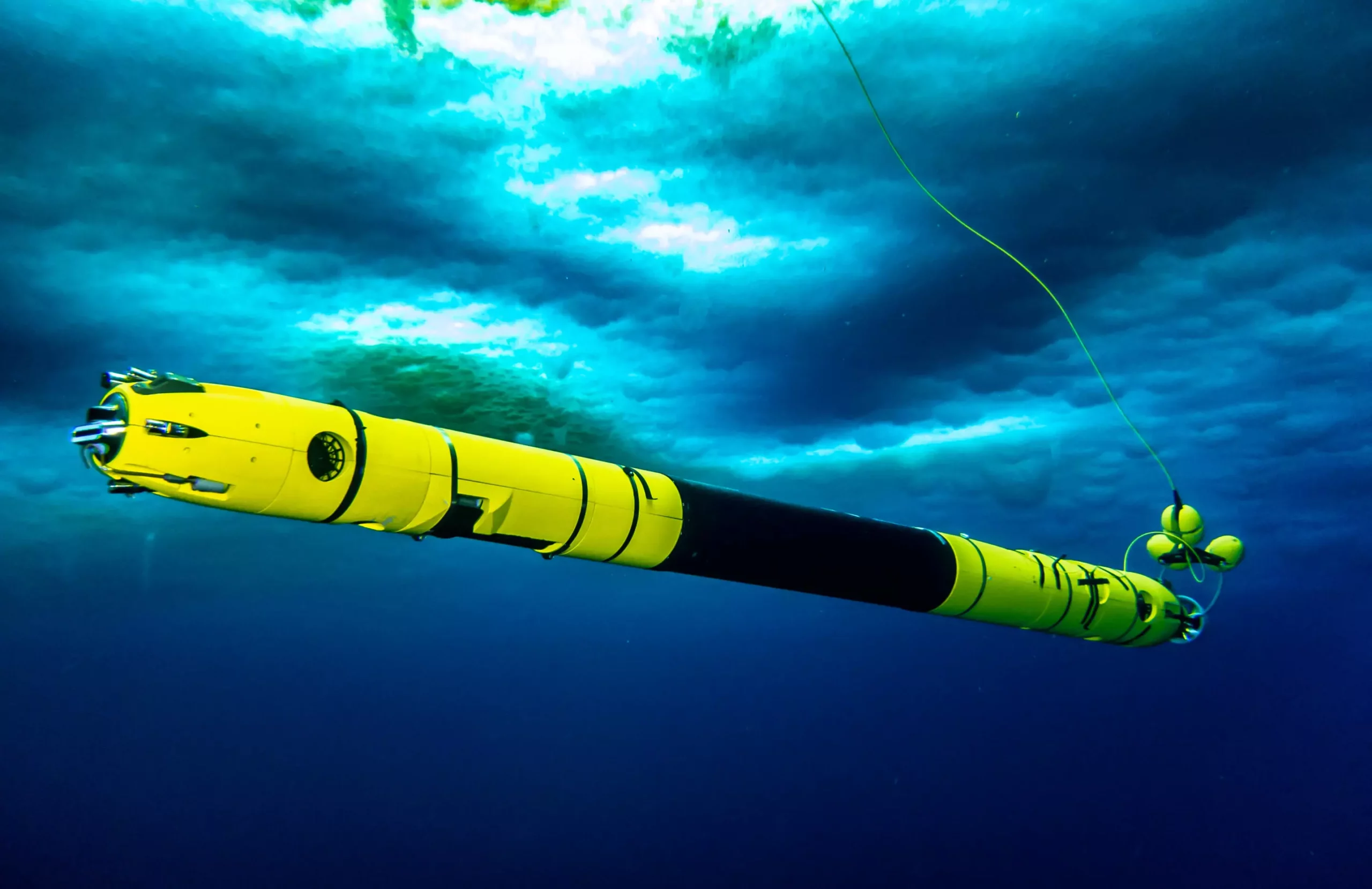Antarctic ice shelves have long been regarded as critical components of the global climate system, but their intricate dynamics remain largely unexplored. However, a groundbreaking study conducted by researchers at Cornell University has shed new light on the vital role of crevasses in these icy landscapes. Utilizing an innovative underwater robot called Icefin, the team obtained three-dimensional measurements of ocean conditions near the grounding zone of the Ross Ice Shelf, uncovering a previously unknown circulation pattern within crevasses. The implications of this discovery are far-reaching, as it could significantly impact our understanding of ice shelf stability and its contribution to rising sea levels.
The grounding zone, where an ice shelf meets the coastline, is a crucial junction that governs the delicate balance of ice sheets. Changes in oceanic conditions within this region can have profound effects on ice shelf melting and freezing rates, factors that are closely tied to global sea-level rise. However, direct observations of the grounding zone have been scarce, making it challenging to develop accurate models. That is where Icefin’s revolutionary exploration comes into play. By venturing into a crevasse at the base of the Ross Ice Shelf, the robot provided invaluable insights into the complex interplay between water circulation, temperature variations, and ice formations.
The findings of the study unveiled a fascinating jet-like phenomenon occurring within the explored crevasse. Water was observed being funneled sideways through the icy crevasse, which, in addition to rising and sinking currents, created an entirely new circulation pattern. This discovery challenges existing models and highlights the previously unknown role of crevasses in transporting oceanic conditions. Peter Washam, the lead author of the study, expressed his surprise at the multitude of features observed within the crevasse, each indicative of different circulation patterns and relationships to freezing temperatures.
Implications for Ice Shelf Stability and Sea-Level Rise
Understanding the dynamics of ice shelves is crucial for predicting the future impacts of climate change and sea-level rise. The newfound knowledge about crevasses’ role in circulating seawater beneath the ice shelves provides a valuable piece to this complex puzzle. The study highlights how crevasses facilitate the movement of warmer or colder water within the interior of ice shelves, influencing their stability in unforeseen ways. As water heats up or cools down, it can flow vigorously through the back of the ice shelf, with crevasses acting as conduits for this movement. These insights will undoubtedly contribute to more accurate modeling of ice shelf behaviors and their potential contributions to rising sea levels.
The Enigmatic Beauty of Antarctic Crevasses
In addition to their crucial role in ice shelf dynamics, crevasses also reveal the mesmerizing beauty of Antarctica’s icy landscapes. The Icefin robot’s exploration captured breathtaking imagery of the changing ice patterns within the crevasse. As the crevasse narrowed, the survey documented scalloped indentations giving way to vertical runnels and the emergence of unusual formations such as green-tinted marine ice and stalactites. These awe-inspiring features not only provide visual wonders but offer critical insights into the intricate processes occurring within the crevasses and their influence on ice shelf stability.
The Cornell University-led research using Icefin has propelled our understanding of crevasses and their role in Antarctic ice shelves to new heights. By unlocking the secrets of the grounding zone, the study paves the way for enhanced modeling and predictions of ice shelf behaviors. As climate change continues to shape our planet, the knowledge gained from this research will prove invaluable for assessing the vulnerability of ice shelves and the potential consequences for rising sea levels. With each groundbreaking study, we take another step closer to unraveling the secrets of Antarctica’s icy realms and understanding their significance for the future of our planet.



Leave a Reply